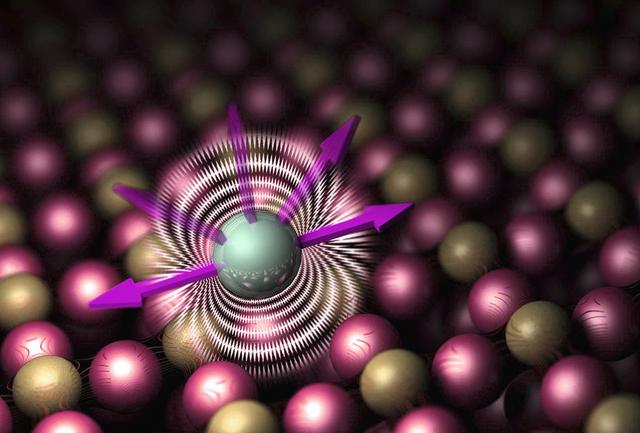In 1910, Rutherford (assisted by his student Hans Geiger, who would later invent the radiation detector that bears his name) fired ionized helium atoms, or alpha particles, at a sheet of gold foil. Geiger would also later become a loyal Nazi, unhesitatingly betraying Jewish colleagues, including many who had helped him. To Rutherford's astonishment, some of the particles bounced back. It was as if, he said, he had fired a fifteen-inch shell at a sheet of paper and it rebounded into his lap. This was just not supposed to happen.

After considerable reflection he realized there could be only one possible explanation: the particles that bounced back were striking something small and dense at the heart of the atom, while the other particles sailed through unimpeded. An atom, Rutherford realized, was mostly empty space, with a very dense nucleus at the center. This was a most gratifying discovery, but it presented one immediate problem. By all the laws of conventional physics, atoms shouldn't therefore exist.











